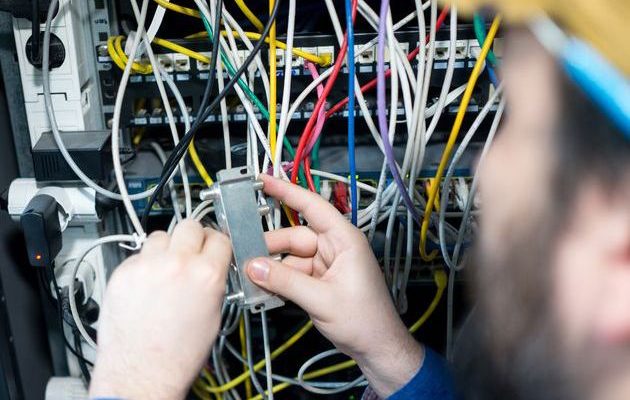Arcep has carried out its threat. On the principle of “name and shame”, the telecom regulatory authority has published a list of the most accident-prone fiber optic networks. According to its quality of service observatory, around 2% of the lines operated in the territory have a significantly higher number of incidents than the national average, with a breakdown rate ten to fifty times higher.
To arrive at this observation, Arcep evaluated, between November and April, some 90 networks. The telecoms policeman took into account the number of cuts but also the connection failure rate, ie the inability to connect a subscriber once he is connected to the operator’s network. It is not so much commercial operators – Orange, SFR, Bouygues Telecom, Free – who are singled out as infrastructure operators, responsible for deploying and maintaining networks.
Altitude and Altice dunce caps
At the top of the list, we find the Altitude group through its multiple subsidiaries and XpFibre, belonging to Altice (SFR). Two infrastructure operators unknown to the general public but who intervene in particular on so-called atypical networks whose incidents are often due to poor initial design. Both have also committed to plans with Arcep to take over these degraded networks.
In terms of geographical distribution, connection failures are concentrated in Ile-de-France (particularly in the Essonne department), in Normandy, in Alsace Lorraine and in the South-East quarter.
Connection failure rate by network

Failure rate by network

Of the top ten problematic networks, six belong to Altitude (Resoptic, Tutor Nancy, Tutor Europ’Essonne, Sequantic Telecom, Tutor Calvados, Seine Essonne THD) and four to XpFibre (XpFibre Corrèze, XpFibre Eure, XpFibre Seine-Maritime, XpFibre Saône-et-Loire).
Regarding this time the breakdowns, causing temporary unavailability of internet access or telephony, the same Normandy and Ile-de-France regions are essentially concerned. The Rhône-Alpes region and the Bouches-du-Rhône department are also affected.
Here again, Altitude and Altice via XpFibre monopolize the top 10. With four networks for the first (Sequantic Telecom, Tutor Europ’Essonne, Seine Essonne THD, Tutor Nancy,) and six for the second at (XpFibre Seine Saint-Denis, XpFibre Val d’Oise, XpFibre Seine-Maritime, XpFibre Yvelines, Valofibre).
An observatory destined to become quarterly
With this observatory, which is intended to be published quarterly, Arcep intends to put pressure on operators to resolve these quality issues as quickly as possible. Altitude Infra has already reacted by indicating that it has committed an investment of more than 21 million euros over two years in order to ” restore the most accident-prone sites “.
This program will concern the networks recently taken over by the infrastructure operator, including Fiber Calvados, Seine-Essonne THD and Europ’Essonne. “ The networks initially built by Tutor, taken over by Covage then by XP-Fibre did not benefit from any investment in the phases of change of financial ownership “, he said in a press release. Finally, the operator claims on its original networks – representing 92% of its fleet – an incident rate of only 0.1%.
